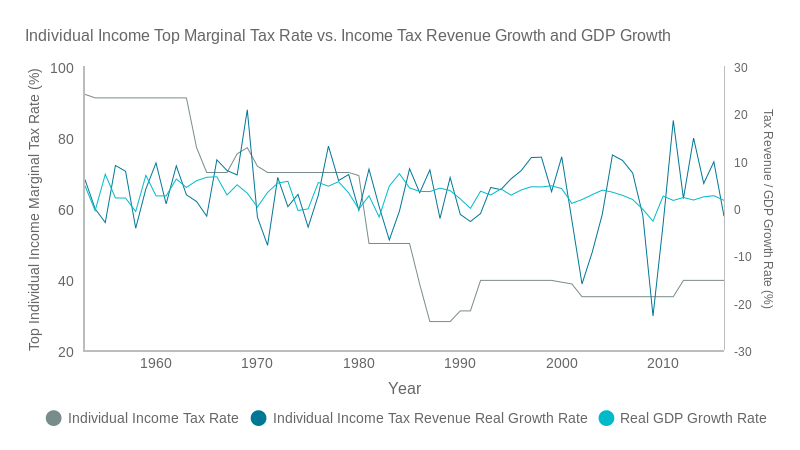
First, we are focusing on the behavior of price-taking firms.

LO 9.1: Explain how competitive, price-taking firms decide on output levels.īefore considering the production decisions of firms, we need to understand a few foundation ideas. Learning Objective 9.5: Predict the effect of a carbon tax on the supply and profit maximization decisions of firms on which it is imposed.ĩ.1 Output Decisions for Price Taking Firms Learning Objective 9.4: Demonstrate how increasing and decreasing cost industries affect the long run market supply curve. Learning Objective 9.3: Describe competitive firms’ long-run supply curves and how firm entry and exit affects the long-run market equilibrium.ĩ.4 Heterogeneous Firms and Constant, Increasing and Decreasing Cost Learning Objective 9.2: Describe how competitive firms make decisions on short-run output and whether to shut down if they experience negative profit.ĩ.3 Long -Run Supply and Market Equilibrium Learning Objective 9.1: Explain how competitive, price-taking firms decide on output levels. How does a tax on carbon affect individual firms’ output and profits?ĩ.1 Output Decisions for Price – Taking Firms When we have both market demand and market supply we will be able to study market equilibrium in Section 3. By summing up all producers’ supply curves within a given industry, we can construct a market supply curve just as we constructed the market demand curve from individual demand curves. In this module we will study the supply side of markets: how firms’ cost conditions define and affect their supply curves and the market supply curve. Once we have developed a general model, we can use it to analyze the impact of a carbon tax on individual firms, understand the firm-level implications of the tax, and know the right questions to ask when trying to determine the cost and benefits of a carbon tax. This module examines how firms make decisions about how much to produce and how their profits are determined. To analyze the impact on the economy, we must start with the individual actors upon which the economy depends: the firms themselves. Critics of these policies suggest that carbon taxes would have an adverse impact on the economy greater than any potential benefit. The result is an increase in energy prices for all users. Carbon taxes generally increase the price of fossil fuels, which have a large carbon component. For example, the state of California and the Canadian province of British Columbia began imposing a carbon tax in 20, respectively.

Therefore a very popular policy proposal to address global warming is to impose a tax on carbon at the source. We know from earlier modules that the cost of consumption influences human choices. The Policy Question: Will a Carbon Tax Harm the Economy?Ĭarbon emissions into the atmosphere have been identified as the key component in global warming due to human activity.


 0 kommentar(er)
0 kommentar(er)
